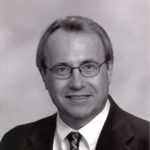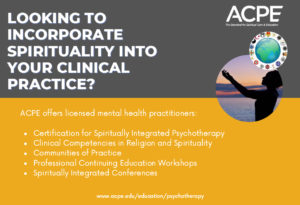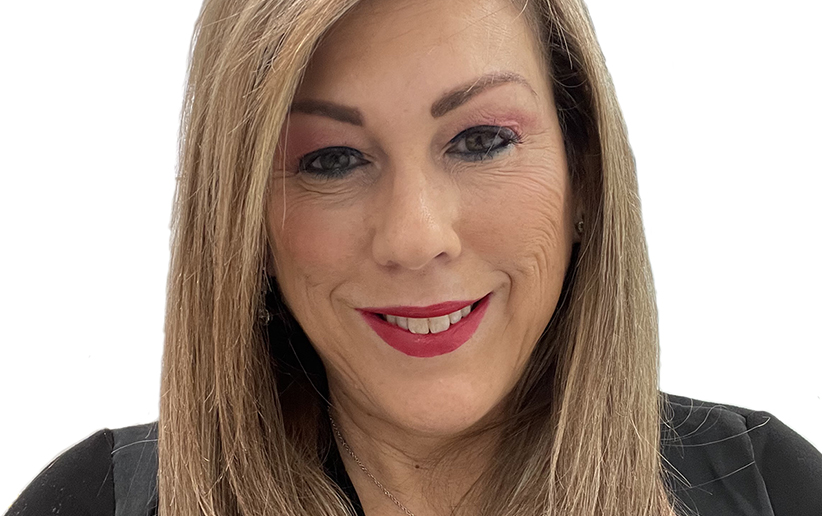There are many common misconceptions about what happens in marriage—myths that never come true—and behaviors flow from those myths that harm the couple and their relationship, leaving them unhappy and dissatisfied. Statistics suggest that “happily ever after” occurs no more than 50% of the time (Cole & Broussard, 2006), considering how many couples’ divorce. Is marriage like the movies, and if so, which movies? There are so many possibilities! How many people have marriages similar to their parents’ marriage, and is that a good thing?
It does not matter whether people are single, playing the field, hooking up, commitment-phobic, in a serious relationship, recovering from a breakup, living together, married, divorced, or widowed. The thoughts, assumptions, opinions, and values that each person has about couple relationships and marriage are guiding their actions and influencing their relationships every day. There are lots of words that can be used to characterize those thoughts, such as ideas, dreams, judgments, presumptions, evaluations, or conclusions. Some of those beliefs may be “spot on” and others may be “off the wall.”
Experience suggests that a fair number of people (including some therapists) have expectations and beliefs about marriage that are not very realistic. There are lots of ways to say that—messy thinking, distorted cognition, stinkin’ thinkin’, denial, ignorance, and false conclusions, to name a few. And if people start with unrealistic expectations, they are likely to end up extremely disappointed, whether they are starting to date or in a long-term relationship; expectations do not match up with their reality. In addition, American society has increased its general expectations of marriage, so that many people are looking for the one person who can fulfill their every want and need and provide them with a very high level of life-satisfaction until they die.
When people believe in a “myth” about marriage, it influences how they select the people they date, whom they form a relationship with, and how they interact with their partner.
The authors subscribe to the belief articulated by one of the 20th century’s preeminent psychotherapists, Albert Ellis. He noted that irrational beliefs lead to unrealistic expectations, which then result in annoyance, discomfort, and upheaval. Ellis suggests that the resolution to our emotional distress comes when we look carefully at what we are saying to ourselves about those same upsetting situations. The “cure” is to help a client develop more rational beliefs. Hovestadt and Schmidt (2022) describe a large number of “irrational” beliefs and ideas about couple relationships; referring to them as “myths” because they are widely held, but false or flawed ideas. Like some myths, they contain some truth (or people would not have held onto them). Therefore, myths continue to guide personal and social behavior. When people believe in a “myth” about marriage, it influences how they select the people they date, whom they form a relationship with, and how they interact with their partner.
 A list of common myths follows, in the hope that therapists, and those engaging in couples counseling and/or marriage preparation/enrichment, will recognize them as “red flags” for potential problems that need to be addressed, not ignored or swept under the rug.
A list of common myths follows, in the hope that therapists, and those engaging in couples counseling and/or marriage preparation/enrichment, will recognize them as “red flags” for potential problems that need to be addressed, not ignored or swept under the rug.

The Myths
A Dream Marriage
- Marriage should be totally happy all the time.
- There’s never disagreement in a happy marriage.
- Total honesty leads to marital paradise.
- Successful marital partners should be like twins who have everything in common.
- Doing everything together will lead to total happiness.
- When partners sacrifice all their own needs, their marriage will thrive.
Seeking a Perfect Partner for a Perfect Marriage
- There’s only one perfect person in the world meant just for you.
- Your partner should be able to read your mind and know what you want and need.
- The history of your partner’s relationships doesn’t matter.
- Living together before marriage always increases your chance of a successful marriage.
- Every irritating behavior of your partner disappears after the wedding.
- Your love is so powerful that you can change your partner after you get married.
- Postpone talking about touchy issues because they go away after your wedding.
- If something goes wrong at the wedding ceremony, your marriage will fail.
Living a “Dream Marriage”
- Stability should be the highest priority of a marriage.
- Always expect to do family rituals the way your family did.
- There is no place for joy and laughter in marriage; it’s all serious work.
- Make sure to hide your fears and weaknesses from your partner.
- Love conquers all and will keep you together.
- Men and women are from different planets.
- Conflict will take care of itself if you wait long enough.
- Love always leads to change.
- Remember that you are always right; remind your partner of this frequently.
- Take credit for everything that goes well.
- Partners should keep score.
- Always blame your partner for your problems.
- Your partner is always the cause of financial problems in your marriage.
- Engage in “marital archeology” by digging up the past.
- Exaggerate the negative and minimize the positive to help your partner grow.
- Give your partner an abundance of Cold-Pricklies, because Warm-Fuzzies are over-rated.
- Never ever forgive your partner.
- The only way to express affection in marriage is to have sex.
- Hitting is permissible and necessary in marriage.
A Dream Marriage Becomes a Paradise Lost
- If your marriage is not going well, then it’s obviously your fault, which means you’re unlovable and worthless.
- When your marriage is strained, seek advice from everyone who will listen to you.
- Always stay in a dysfunctional marriage so that your children will be okay.
- There are several simple ways to save a marriage.

Alan J. Hovestadt, EdD, is an AAMFT Professional Member holding the Clinical Fellow designation, and is professor emeritus of counselor education and counseling psychology at Western Michigan University. He is a past president of the American Association for Marriage and Family Therapy, a licensed marriage and family therapist and licensed professional counselor. He has served on the editorial boards of three professional journals and has been recognized numerous times for professional achievements in teaching, research, and authorship by state, national, and international professional organizations. Hovestadt recently authored, along with Kenneth W. Schmidt, Myths About Marriage: What I Think I Know and What I Wish I Knew, which is available on Amazon and from WipfandStock.com.

Kenneth W. Schmidt, JCD, has been a Roman Catholic priest for 40 years, has a master’s degree in counseling psychology, and is a licensed professional counselor. He is cofounder of the nonprofit Trauma Recovery Associates, serving people with childhood trauma. With a PhD in canon law, he has been a judge in marriage tribunals for 30 years. He has received two distinguished alumni awards from Western Michigan University and has published books on trauma and the Psalms.
Cole, C. L., & Broussard, J. (2006, May/June). The social context and history of divorce in the US. Family Therapy Magazine 5(3), 6-9.
Other articles
Integrating EMDR and EFT in Couple Therapy
As much as I’ve loved Eye Movement Desensitization and Reprocessing (EMDR) therapy and revolved my clinical practice around it, it has always felt like it has had one major short-coming; it has primarily been practiced as an individual therapy.
Jason N. Linder, PsyD
What’s in a Name?: The Power of Professional Pronouns
One of the primary tools that we have in our clinical, supervisory, and educational relationships is our ability to share language and meaning with each other. The power of words is not a new idea. Indeed, in the field of psychotherapy it is as old as psychoanalytic thinking and systemic practice.
Vanessa Perocier=Maxine Notice=Lucille (Lucy) H. Byno=Markie L. C. Twist
Beginning Anew in 2023
I am filled with gratitude as I welcome 2023 as the new, incoming President of AAMFT: we have a new, incoming CEO, Christine Michaels; a new group of Board members; some ongoing challenges which we are newly poised to tackle, and opportunities that await us as we are in as strong a fiscal and strategic position than we’ve ever been.
Silvia Kaminsky, MSEd




